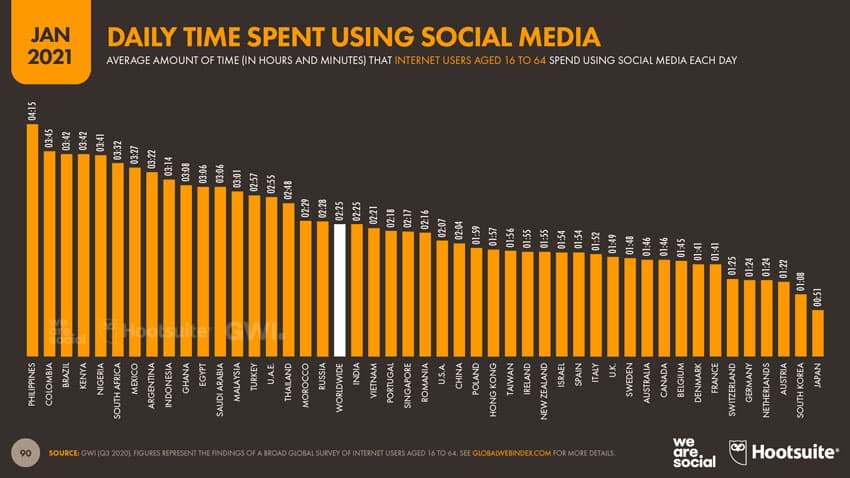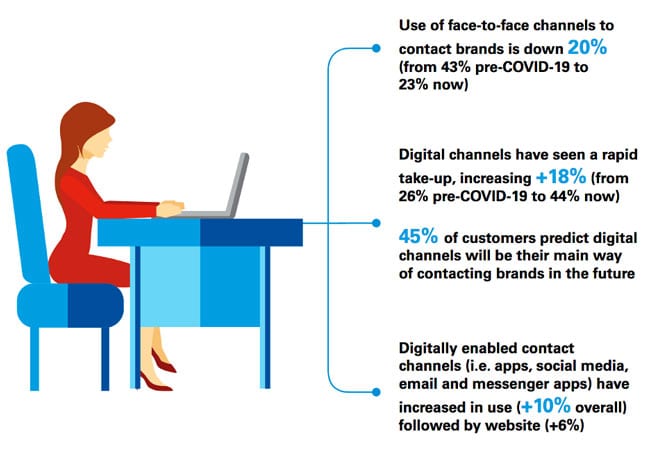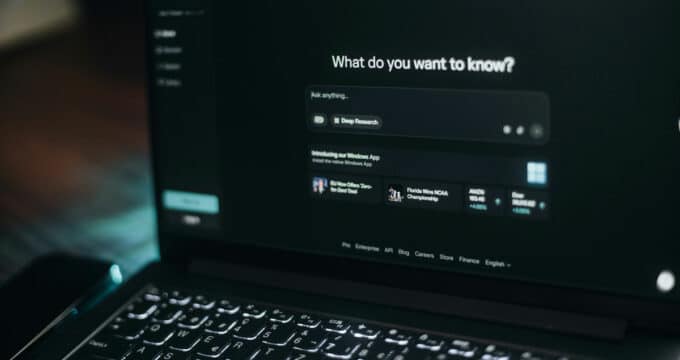Reaching international students in 2021: more social, longer videos, and faster responses
- Students from some of the most important emerging source markets have increased their social media usage during the pandemic
- Considering how to begin – or optimise – a video creation and distribution strategy is a must
- Videos lasting up to ten minutes are all the rage, as people have so much time on their hands
- Students want accurate info and quick response times but they’re also looking to be entertained
- Now is not the time to scale back on international marketing campaigns – there is tremendous pent-up demand for travel and study abroad and keeping students engaged this year is crucial
Like everything else during the time of COVID, there are as many questions as answers about the best ways to reach international students in 2021. Perhaps only one thing is stable and certain: students in target countries and cities are online more than ever before.
The global average of time spent on the Internet is 6 hours and 54 minutes per day, with this rising to over 10 hours in markets such as the Philippines, Brazil, Colombia, and South Africa. Many other important source countries are also far above the average.

As a result, international students in 2021 are more likely than ever to respond to branded online content that resonates with them. The questions are:
- What kind of messaging will have the greatest impact?
- What kind of format, and on which platforms?
We’ve compiled some of the latest research to help to guide your thinking about how to reach out to students in this crucial time.
Social media usage is up
It will come as no surprise to anyone who’s been locked down at some point in the pandemic that social media usage is:
- Growing quickly (up 13% over the past year).
- Characterised by longer periods of engagement, with the global average of time spent on social media now 2 hours and 25 minutes a day.
- Happening to a large extent on mobile phones. Mobile phone use is up 20% over last year, and two-thirds of the world’s population now uses a mobile phone. What’s more, 44% of total time spent on mobile is on social media and messaging apps.
Heavier usage is most pronounced among students in key target source countries, including:
- Philippines
- Colombia
- Brazil
- Kenya
- Nigeria
- South Africa
- Mexico
- Argentina
- Indonesia
- Ghana
- Egypt
- Saudi Arabia
- Malaysia
- Turkey
- UAE

Appetite for video has become stronger
Video posted on YouTube and social media was already a powerful way to reach students before the pandemic. Now, it is without doubt one of the best places to allocate marketing resources.
Travelling to visit students in local markets is off the table for the most part, and video offers a compelling way for prospective students to “meet” university staff and students and see the campus. It also offers educators a great medium for communicating their brand personality and for showing students that they are in touch with their situations, frustrations, and needs during COVID.
Marketing wisdom used to have it that videos shouldn’t be overly long because people were too distracted to pay attention to long-form clips. That idea is now out the window: research is showing that videos lasting more than five minutes are now reaching more viewers and receiving more interactions than shorter lengths of video. People have an abundance of time, and if content is compelling, they’ll watch. One survey found that fully one-third of Gen Z Americans are watching two hours or more a day of videos lasting up to 10 minutes.
Through video, educators can communicate needed information and put a human face on an institution. The campus can serve as an important backdrop, reminding students why they want to study abroad even if they can’t quite yet. The clip below, from Vanderbilt University, is an excellent example of a higher education video that hits the mark. It is personal, pandemic-sensitive (with the dean speaking alone on an empty campus), and exciting as well because it casts the viewer’s imagination forward to a time where the campus will be full and vibrant.
Increase the likelihood they will watch
As CMO Network’s Daniel Newman notes in Forbes, it’s crucial to ensure that your video content is mobile friendly to “consider the ease of streaming and download times.” He advises,
“Consider which platform you use to upload it. For instance, Google, as owner of YouTube, does have some benefits. Its search is integrated across both platforms, so you get double your search power for the content you upload. These details make a huge impact when trying to make the most of your budget, as noted above.”
Recent mStoner research shows that 27% of prospective US students cited YouTube videos as a major influence in where they enrolled. A great streaming video channel can increase awareness of your brand among students, improve SEO, and support marketing efforts on all social media channels.
As you consider your video content strategy, remember that students are craving both accurate information as well as lighter distractions. On the first front, research shows that “how to do things” searches are incredibly high this year, suggesting that creating some videos in this niche would be a great idea (e.g., “How to apply for a visa in Ireland,” “How to create an amazing study-at-home environment,” “How to learn 50 key English words in one day,” etc.).
Regarding the second point – the need for distractions – students, like all of us, are COVID-exhausted. Show the different facets of your brand’s personality by including fun videos on your YouTube channel – and hashtag It properly to gain more views. Cooking and baking videos have become incredibly popular during the pandemic, as have DIY and crafting segments, and humorous content is the preference of 62% of Gen Z’ers surveyed by TheSoul Publishing, one of the largest independent digital studios producing content for a global audience.
Response time matters
There’s never been a better time to show students that you care about them and want to help them in any way you can. Part of that is listening carefully to social media chatter about your institution and about study abroad in general and chiming in where appropriate to answer questions and position your brand as helpful.
When students ask a direct question through your website or through social media, answer it as soon as humanly possible. The digital marketing landscape has become vastly more sophisticated in the span of a year, in part because consumers are literally living online to a much greater extent. They expect fast, thoughtful answers to their questions – because they are getting that kind of response time from so many other product and service providers.
Global KPMG research conducted in the fall of 2020 in 12 countries shows how much consumers are now accustomed to conversing with brands digitally as opposed to in-person. The research found that consumers in Brazil and China have become significantly more likely to favour digital over in-person contacts with brands.

Don’t step back from international recruiting
As much chaos as COVID has introduced to marketing budgets everywhere, now is not the time to dial down international marketing campaigns and social media outreach. The recruitment landscape is highly dynamic at the moment and consumers are more open to new options than they have been in years. McKinsey research has found that,
“The crisis has prompted a surge of new [consumer] activities, with an astonishing 75% of US consumers trying a new shopping behavior in response to economic pressures, store closings, and changing priorities. This general change in behavior has also been reflected in a shattering of brand loyalties, with 36% of consumers trying a new brand …. Of consumers who have tried different brands, 73% intend to continue to incorporate the new brands into their routine. Gen Z and high earners are most prone to switching brands.”
Responding to what international students need and want in a compassionate, authentic way even if they can’t fly to your campus right now or have deferred is key. Forrester Research predicts that “business-to-consumer (B2C) marketers will increase their spending on loyalty and retention marketing by 15% in 2021, all the while cutting back on product- or performance-based marketing.” The finding is relevant for educators who may not be able to meet their enrolment targets this year but who nevertheless must keep prospects interested in their programmes rather than in those of competitors. As we wrote last year, IDP research shows that students are much more open to changing their minds about where to study abroad in the pandemic. Fostering loyalty and engagement among prospective students should be a major priority for 2021.
So keep in touch with prospective students regularly through email and social media, because today’s enrolment funnel is deeply irregular and requires more monitoring and interventions to keep students in it. Students who might seem to have dropped off the radar might just be waiting for the right time to get back in touch with you. They’ll have a lot of questions and responding to them thoughtfully and quickly is of the essence.
For additional background, please see:
















